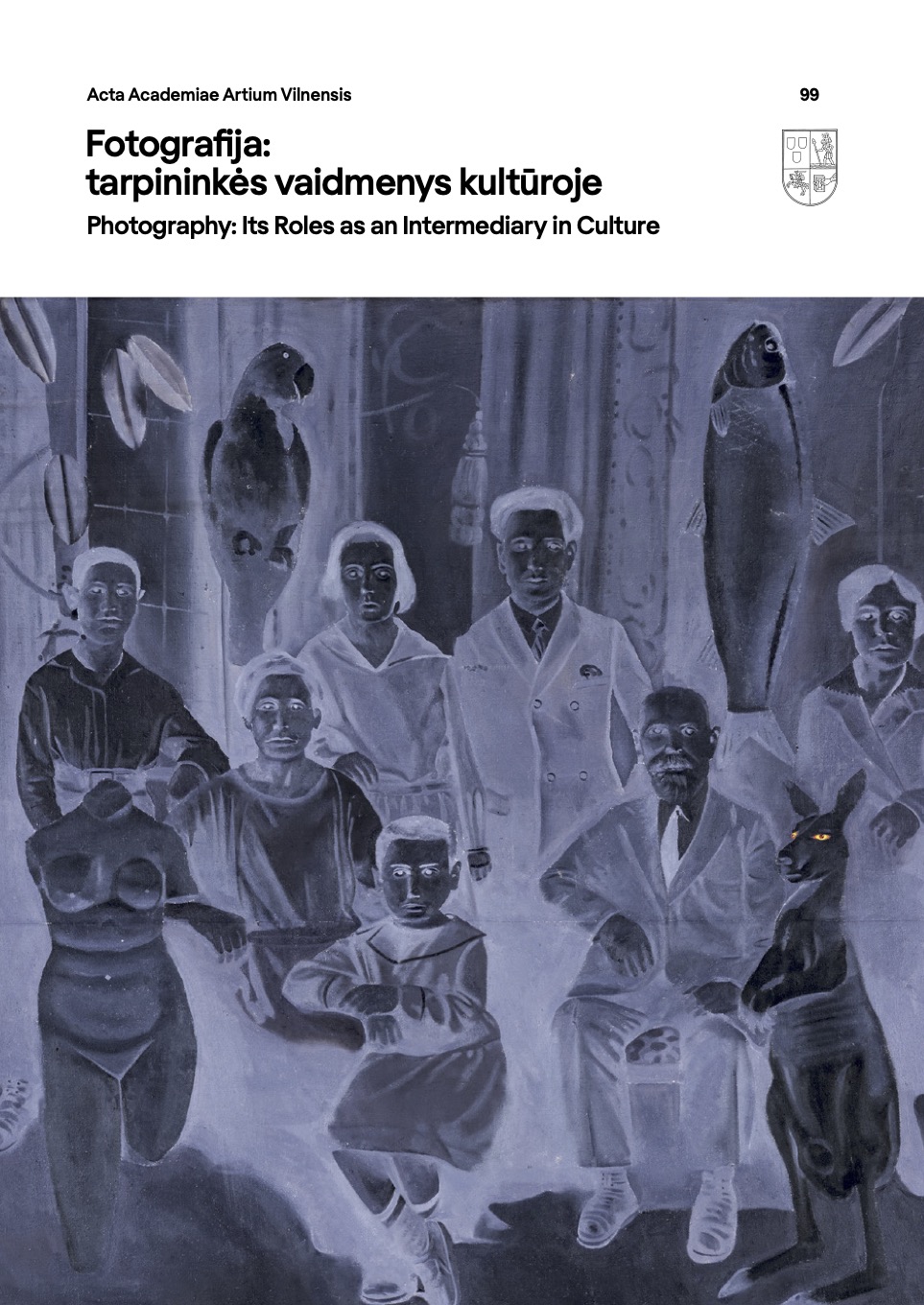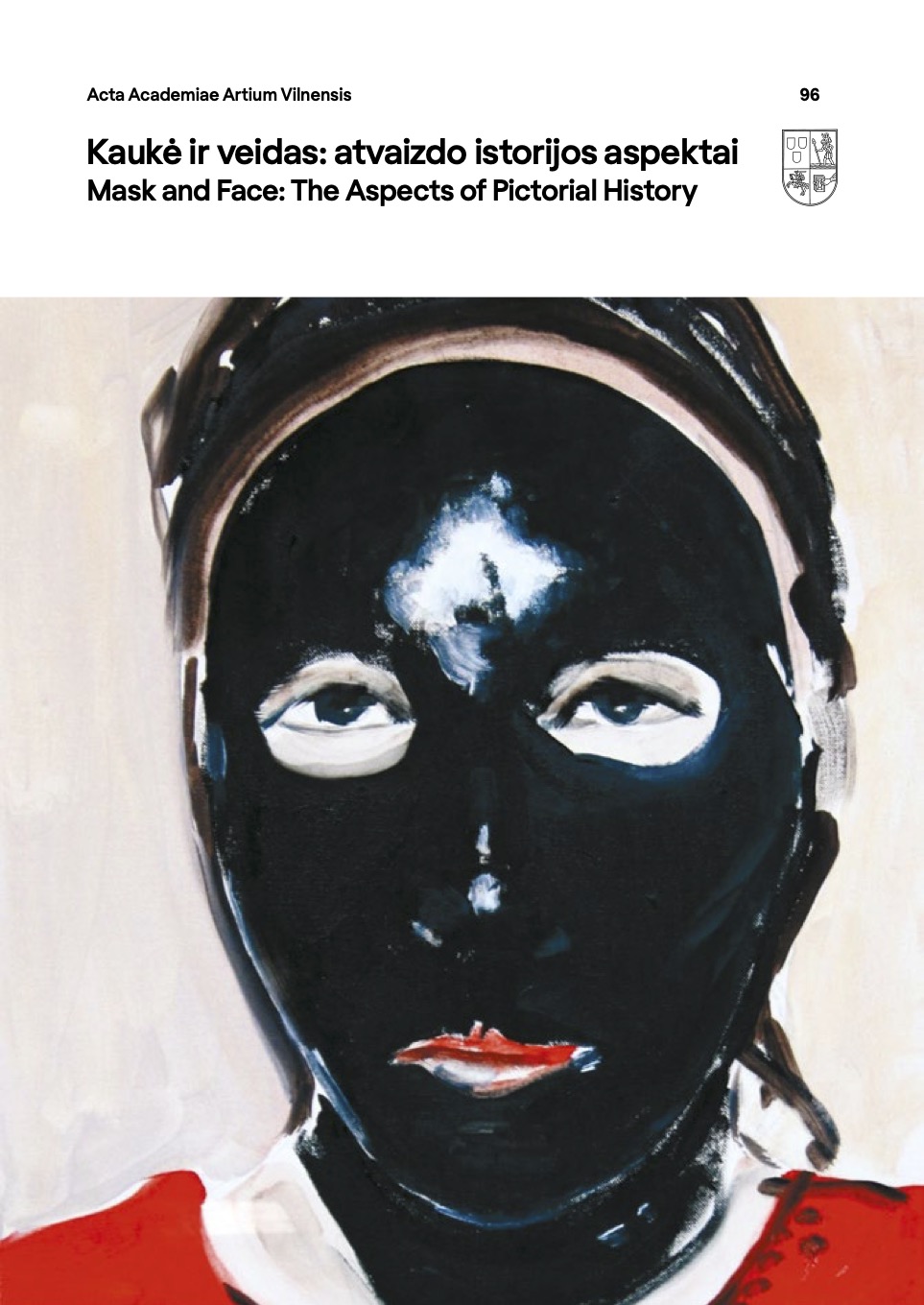Archive
-
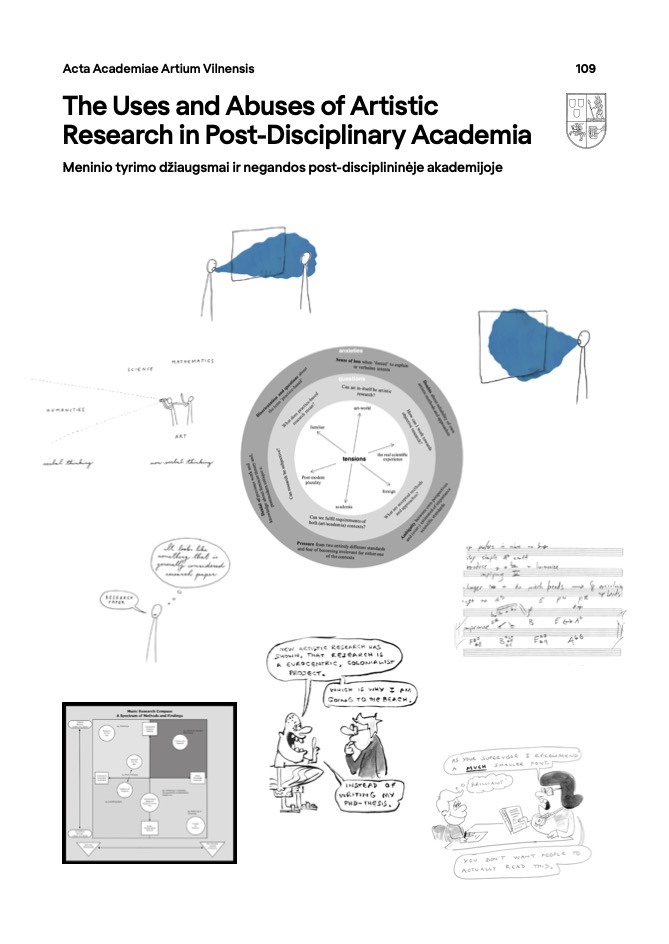
The Uses and Abuses of Artistic Research in Post-Disciplinary Academia
No. 109 (2023)eISSN 2783-6843 | ISSN 1392-0316
-

Art and Architecture Conservation Training in Europe: Relevant Experiences and Mastering Conservation Methods
No. 108 (2023)eISSN 2783-6843 | ISSN 1392-0316
-

How to Tell About Art? Art History, Criticism, Texts and Narratives in Lithuania
No. 107 (2022)eISSN 2783-6843 | ISSN 1392-0316
-

Give My Regards to Those You Connect! Cultural Interactions Between South America and Eastern Europe
No. 105 (2022)eISSN 2783-6843 | ISSN 1392-0316
-
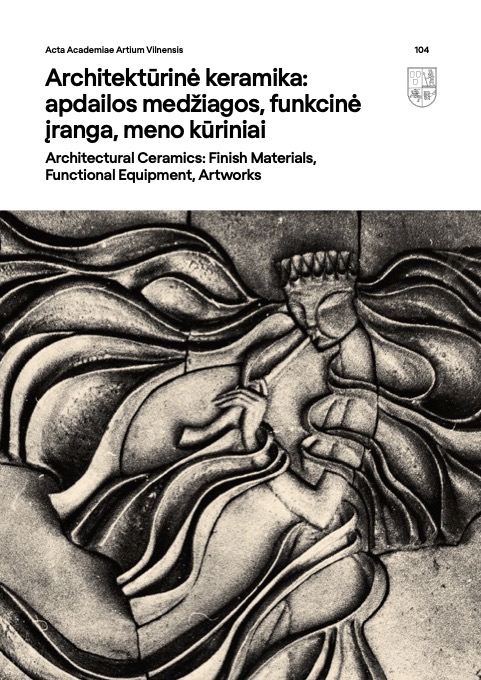
Architectural Ceramics: Finish Materials, Functional Equipment, Artworks
No. 104 (2022)eISSN 2783-6843 | ISSN 1392-0316
-

The Material Body of the Book: Between Traditions and Innovation
No. 101-102 (2021)eISSN 2783-6843 | ISSN 1392-0316
-
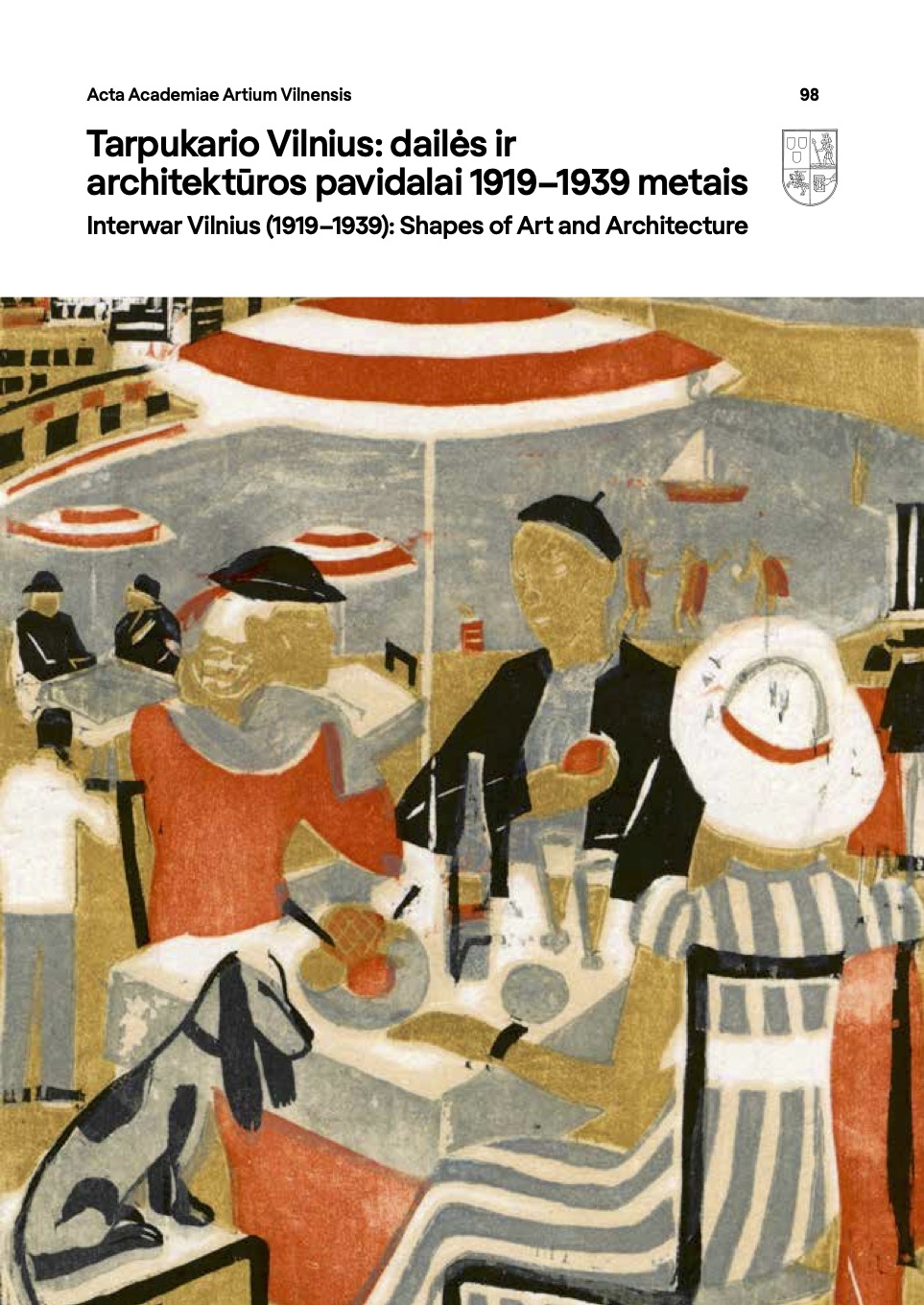
Interwar Vilnius (1919–1939): Shapes of Art and Architekture
No. 98 (2020)eISSN 2783-6843 | ISSN 1392-0316
-

Manor Culture: Spaces, History, Architectural Heritage
No. 97 (2020)eISSN 2783-6843 | ISSN 1392-0316




